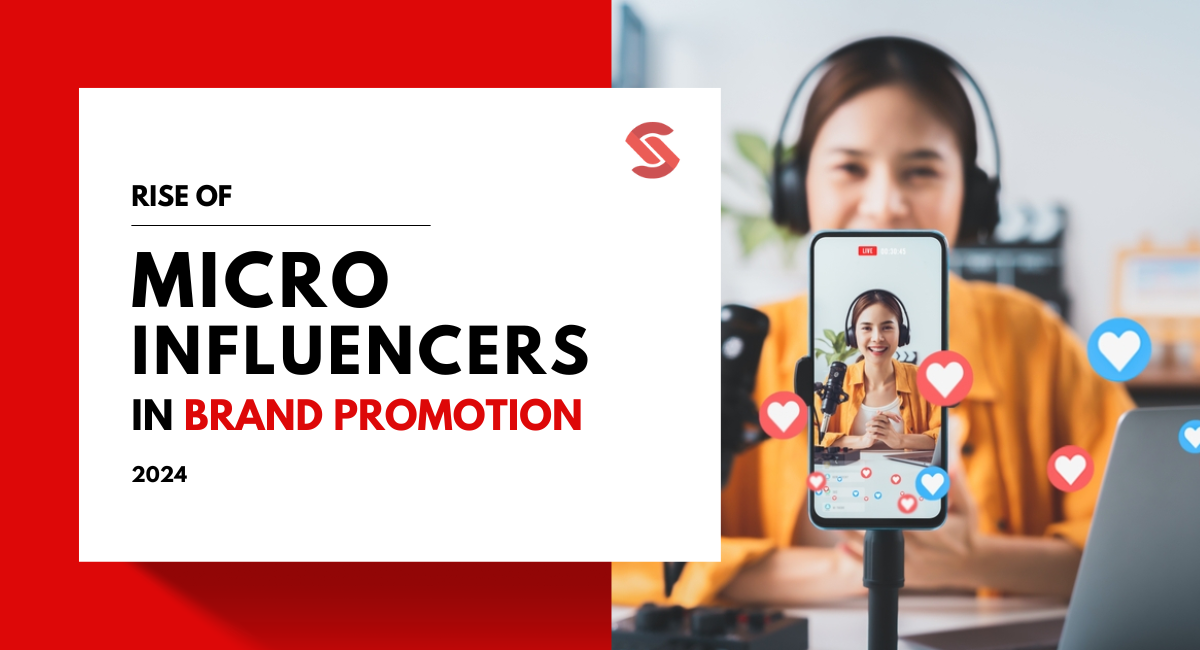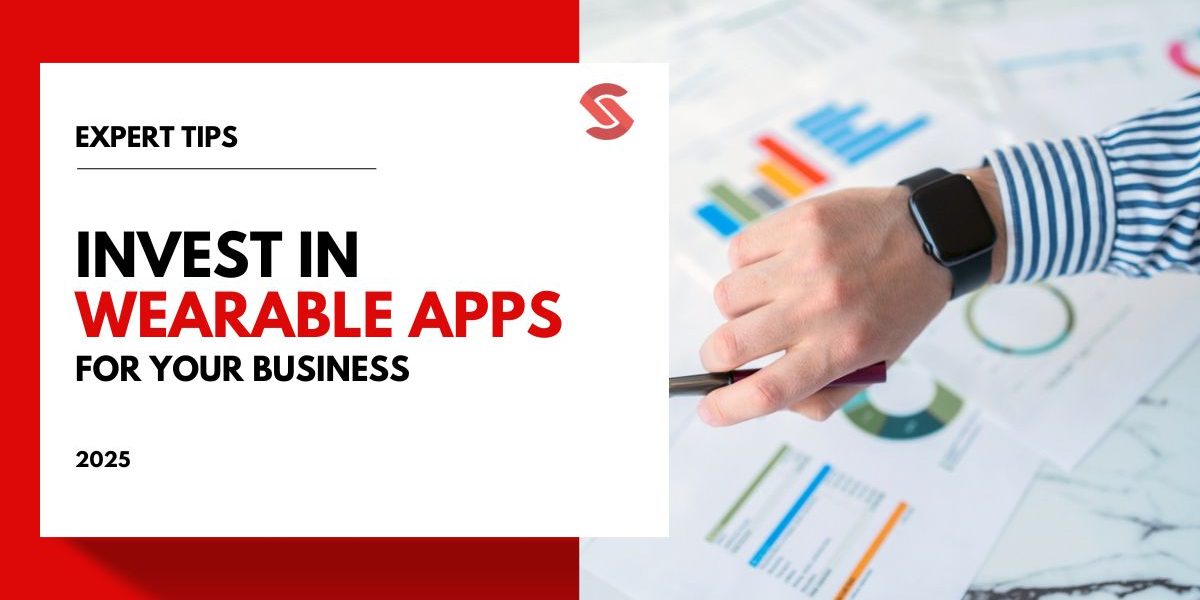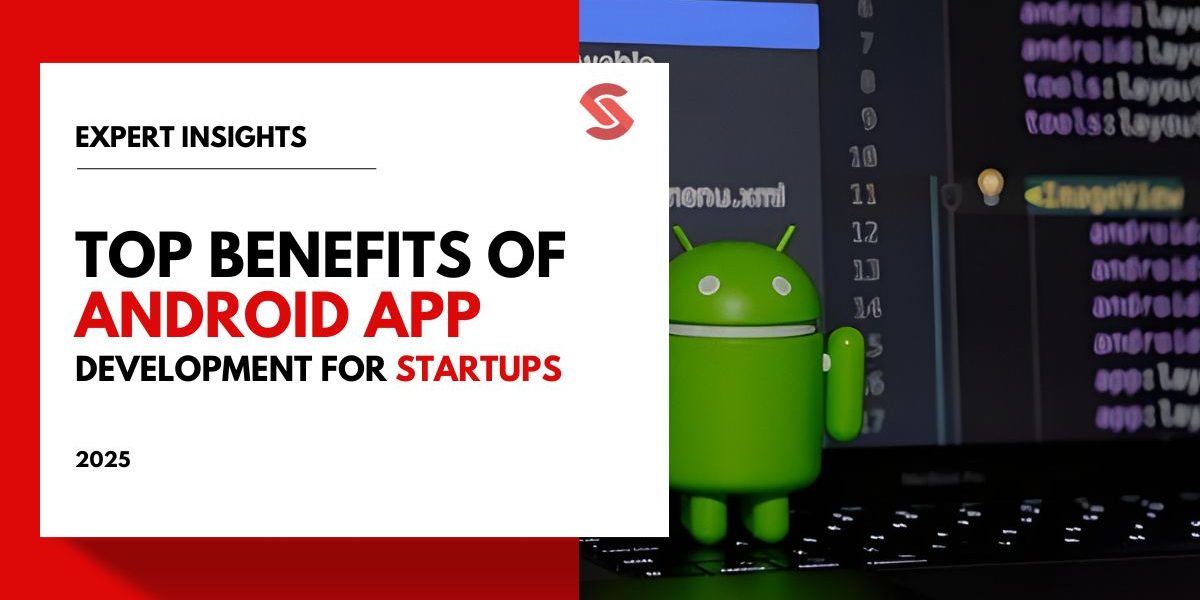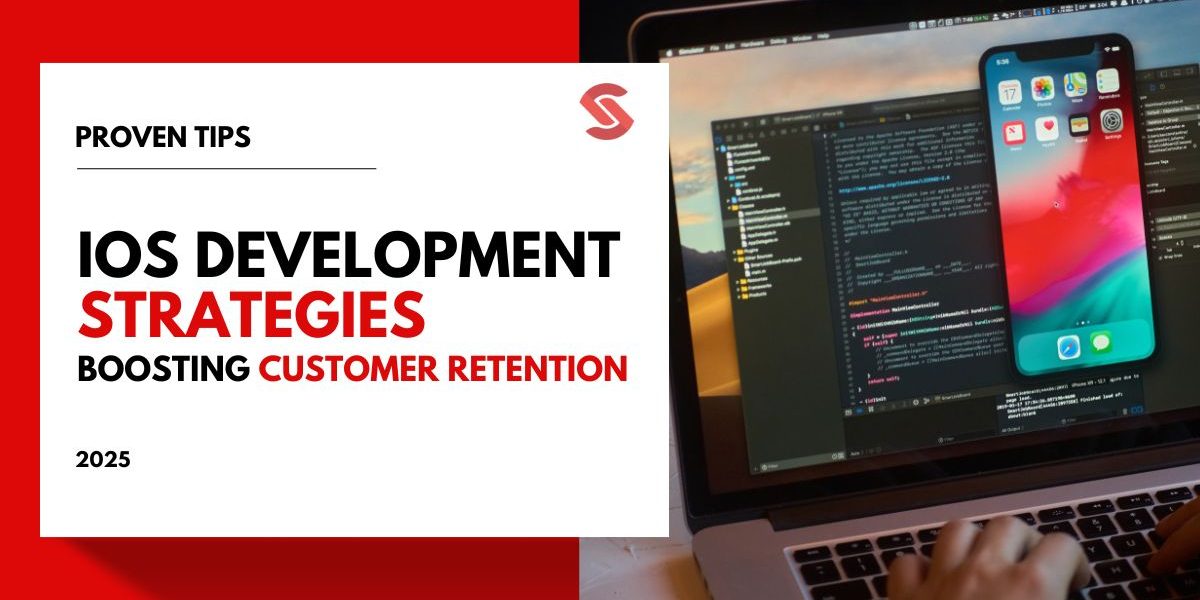Welcome to the world where small voices make a big impact! Today, we’re diving into an exciting shift in how brands promote their products – through micro-influencers power. Let’s unwrap this trend together and understand why these individuals are becoming key players in the marketing game.
The Big Shift in Marketing
From Billboards to Social Media
Not too long ago, big advertisements on billboards, TV, and newspapers were the main ways brands would grab your attention. Now, imagine scrolling through your social media feed and seeing a friend or someone you follow sharing their favorite snack, shoes, or skincare product. That’s influencer marketing – and it’s changing the game by making promotions feel more personal and relatable.
Why Micro-Influencers?
Now, you might be wondering, who exactly are these micro-influencers? Imagine someone who loves gardening and shares tips, tricks, and their favorite gardening tools with a few thousand followers on Instagram. They might not be famous worldwide, but in their little corner of the internet, they’re a big deal. Micro-influencers have a smaller audience compared to celebrities but share a tight-knit connection with their followers, making their recommendations super powerful.
Why Are Micro-Influencers So Important?
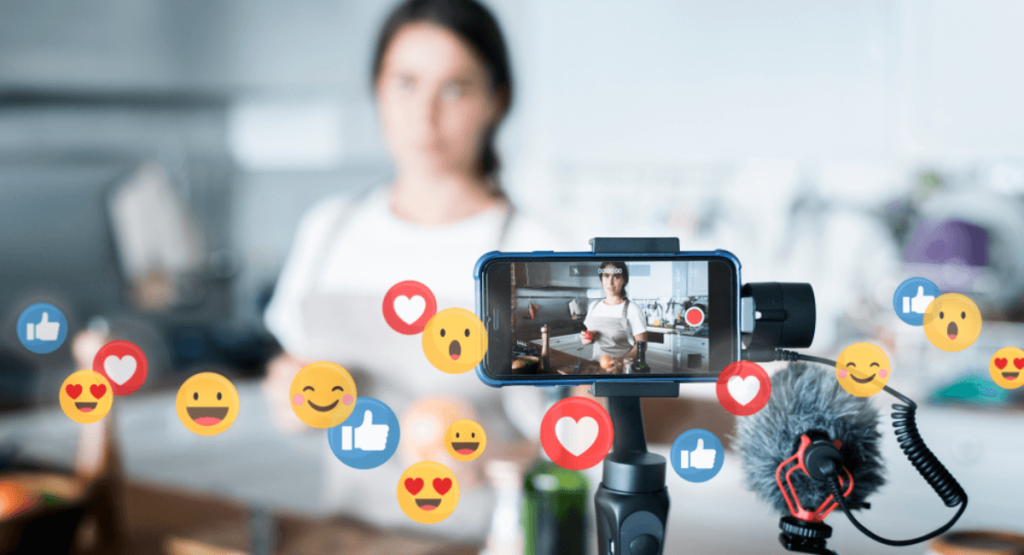
A Personal Touch
One of the reasons micro-influencers are becoming so popular among brands is their ability to add a personal touch to their promotions. Unlike a celebrity who might seem out of reach, micro-influencers are like the friend next door. They’re approachable, and their recommendations come off as genuine advice rather than a sales pitch.
Trust and Authenticity
When a micro-influencer talks about a product, their followers listen because there’s a strong sense of trust. This trust comes from the influencer’s passion for their niche, whether it’s fashion, fitness, or food, making their endorsements feel authentic and sincere.
More Bang for Your Buck
For businesses, especially those just starting or with smaller budgets, micro-influencers offer a more affordable way to reach potential customers. Instead of spending loads of money on a single ad with a celebrity, companies can collaborate with multiple micro-influencers, reaching different audiences without breaking the bank.
The Big Picture
The rise of micro-influencers in brand promotion is more than just a trend; it’s a shift towards marketing that values genuine connections and authenticity. As we move forward, these influencers are set to play a crucial role in how brands interact with their audience, making marketing feel more like a conversation among friends rather than a one-way advertisement. This approach not only benefits the brands and influencers but also us, the consumers, by making our choices more informed and personal.
Understanding Micro-Influencers: The New Stars of Brand Promotion

In today’s world, where almost everyone is connected through social media, a new trend is reshaping how brands promote their products. This trend is the rise of micro-influencers. But who are these micro-influencers, and why are they becoming so important in the marketing world? Let’s break it down into simple parts to understand it better.
Who Are Micro-Influencers?
Imagine your friend, who is good at baking and shares pictures and videos of their delicious cakes on Instagram. They have a few thousand people who follow them, love their recipes, and trust their opinions on baking tools and ingredients. This friend is a perfect example of a micro-influencer.
Key Characteristics of Micro-Influencers:
Follower Count: They usually have followers ranging from a few thousand up to 50,000.
Niche Expertise: They focus on a specific area, like baking, gaming, fitness, or fashion, and share their knowledge and experiences.
High Engagement Rates: The people who follow them are genuinely interested in their content, leading to more likes, comments, and shares compared to bigger accounts.
Micro-Influencers vs. Bigger Influencers
When we compare micro-influencers to macro (those with 100k to 1 million followers) and mega influencers (celebrities with millions of followers), some clear differences show why micro-influencers are special.
Engagement: Micro-influencers often have a more engaged audience. It’s like the difference between having a conversation in a cozy coffee shop versus shouting in a crowded stadium.
Authenticity: Micro-influencers are like the friend who knows a lot about something specific. Their followers see them as trustworthy sources, which isn’t always the case with celebrities.
Cost-effectiveness: Collaborating with micro-influencers is usually more affordable for brands. Instead of spending a huge amount of money on one celebrity, a brand can partner with several micro-influencers to reach different audiences.
The Psychology Behind Micro-Influencer Impact
Trust and Relatability: People tend to trust micro-influencers more because they seem like “one of us.” Their recommendations feel like advice from a friend rather than an ad, making their endorsements more powerful.
Para-social Interaction: This fancy term just means that followers feel like they have a personal relationship with the influencer, even if they’ve never met. It’s like how you might feel connected to your favorite book character. This connection makes the influencer’s recommendations even more influential.
Why It All Matters: In the vast ocean of social media, micro-influencers are like lighthouses. They guide their followers to products and brands that they can trust and enjoy. For brands, these influencers offer a unique way to reach potential customers in a more personal and authentic way. As we continue to navigate the digital age, the role of micro-influencers in brand promotion is only set to grow, proving that sometimes, smaller voices can make the biggest impact.
The Power of Partnership: Why Brands Love Micro-Influencers
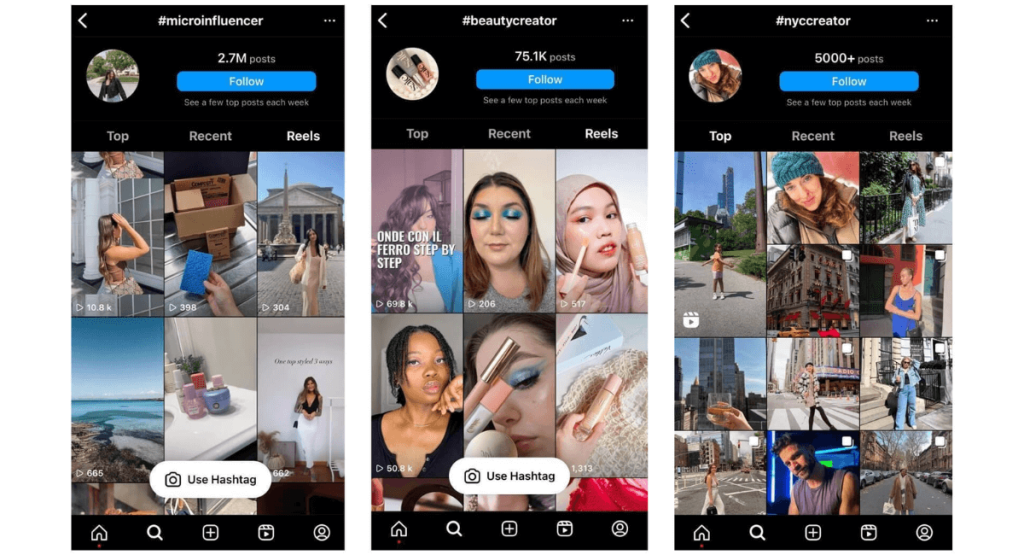
Have you ever wondered why some of your favorite brands are teaming up with everyday people on social media to talk about their products? These people might not be movie stars or famous athletes, but they have something special that brands love. They’re called micro-influencers, and they’re changing the game for how brands connect with us. Let’s find out why these partnerships are so powerful and what makes micro-influencers a top pick for brands.
A Closer Look at Micro-Influencers
They Connect With People
Micro-influencers are like the cool kids in school who know everyone and everything about a certain topic, whether it’s fashion, video games, or the best local eats. They share their passions on social media, and people listen because they’re genuine and relatable.
Their Recommendations Feel like a Friend’s Advice
When a micro-influencer talks about a product, it doesn’t feel like an ad. It feels like a recommendation from a friend. That’s because they truly care about their interests and only share things they believe in, making their endorsements more trustworthy.
Why Brands Are Jumping on the Bandwagon
Better Engagement Rates
What It Means: The engagement rate is all about how much people interact with content through likes, comments, and shares.
Why It Matters: Micro-influencers often have higher engagement rates than big celebrities. This means people aren’t just scrolling past; they’re paying attention to what micro-influencers have to say.
Reaching the Right Audience
Niche Targeting: Micro-influencers specialize in specific topics, so brands can easily find someone who talks to the exact group of people they want to reach.
The Perfect Match: This makes every promotion feel tailored and personal, like finding the perfect gift for a friend.
Making the Most Out of the Marketing Budget
Cost-Effectiveness: Collaborating with micro-influencers is usually less expensive than big advertising campaigns or hiring a celebrity.
Smart Spending: For the cost of one big ad, a brand could work with multiple micro-influencers, spreading the word across different audiences and getting more bang for their buck.
Authentic Connections
Real Trust: People trust micro-influencers because they’re seen as honest and down-to-earth.
Genuine Love for Products: When a micro-influencer shares something, it’s because they like it, not just because they were paid to say so.
Partnering with Micro-Influencers: A Guide for Brands

In the colorful world of marketing, finding the right voice to represent your brand is like looking for a needle in a haystack. Enter micro-influencers, the unsung heroes who can connect your brand with their engaged followers. Let’s explore how you can identify and collaborate with these influencers to boost your brand’s visibility and authenticity.
Finding the Right Micro-Influencers
Imagine you’re at a party, and you want to make friends. Would you rather talk to everyone in the room or find someone who shares your interests? Partnering with micro-influencers works the same way. Here’s how you can find the right ones for your brand:
Steps to Discover Micro-Influencers:
Know Your Audience: Understand who buys your products or services. What do they like? What social media platforms do they use?
Search for Relevant Hashtags: Use hashtags related to your industry to find influencers who are already talking about your field or products.
Use Influencer Discovery Tools: Platforms like BuzzSumo or Hype Auditor can help you find influencers based on your specific criteria.
What to Look for in a Micro-Influencer:
Alignment with Your Brand Values: Their content should match the image and values your brand wants to portray.
Engagement Rate: Look for influencers who have high engagement rates, not just a lot of followers. Comments and shares show that their audience is active and interested.
Quality of Content: The quality of their content should resonate with your brand’s standards. It’s about finding someone who can tell your brand’s story authentically and engagingly.
Best Practices for Collaboration
Collaborating with micro-influencers is more than just a business transaction. It’s about building a relationship. Here are some best practices to ensure a successful partnership:
Creating a Win-Win Situation:
Clear Communication: Be clear about what you expect from the collaboration and what the influencer will get in return. This could be in the form of free products, payment, or exposure.
Creative Freedom: Trust the influencer to know their audience best. Give them creative freedom to present your brand in a way that feels genuine to their followers.
Feedback and Support: Provide constructive feedback and support. Remember, a successful partnership benefits both the brand and the influencer.
Measuring the Success of Collaborations
How do you know if your partnership with a micro-influencer is working? Here are some ways to measure success:
Key Performance Indicators (KPIs):
Engagement Rate: Are more people liking, commenting, and sharing the influencer’s posts about your brand?
Website Traffic: Use tools like Google Analytics to see if the influencer is driving traffic to your website.
Conversion Rate: Are the influencer’s followers buying your product or signing up for your service?
Conclusion
The future of micro-influencers in brand promotion is filled with potential. As their role evolves, so does the opportunity for brands to connect with audiences in meaningful, authentic ways. With the help of technology and a focus on global expansion, the possibilities are as vast as the digital landscape itself. As we look forward, one thing is clear: micro-influencers will continue to be an essential piece of the marketing puzzle, helping brands tell their stories to the world.

